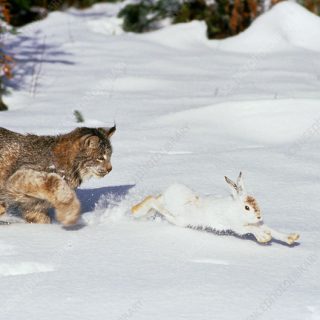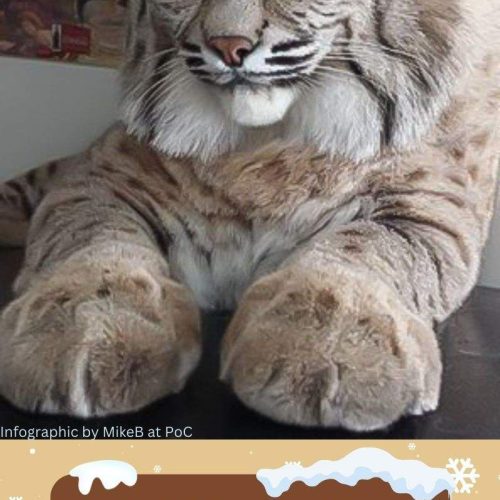
Sources: Wild Cats of the World by the Sunquists. Specifically:
- Breton study: GR Parker Winter Habitat use and hunting activities of lynx 1981
- Newfoundland: Saunders JK – Movements and activities of the lynx in Newfoundland 1963
- Yukon: O’Donoghue et al – Behavioural responses of coyote and lynx to the snowshoe cycle 1998.









